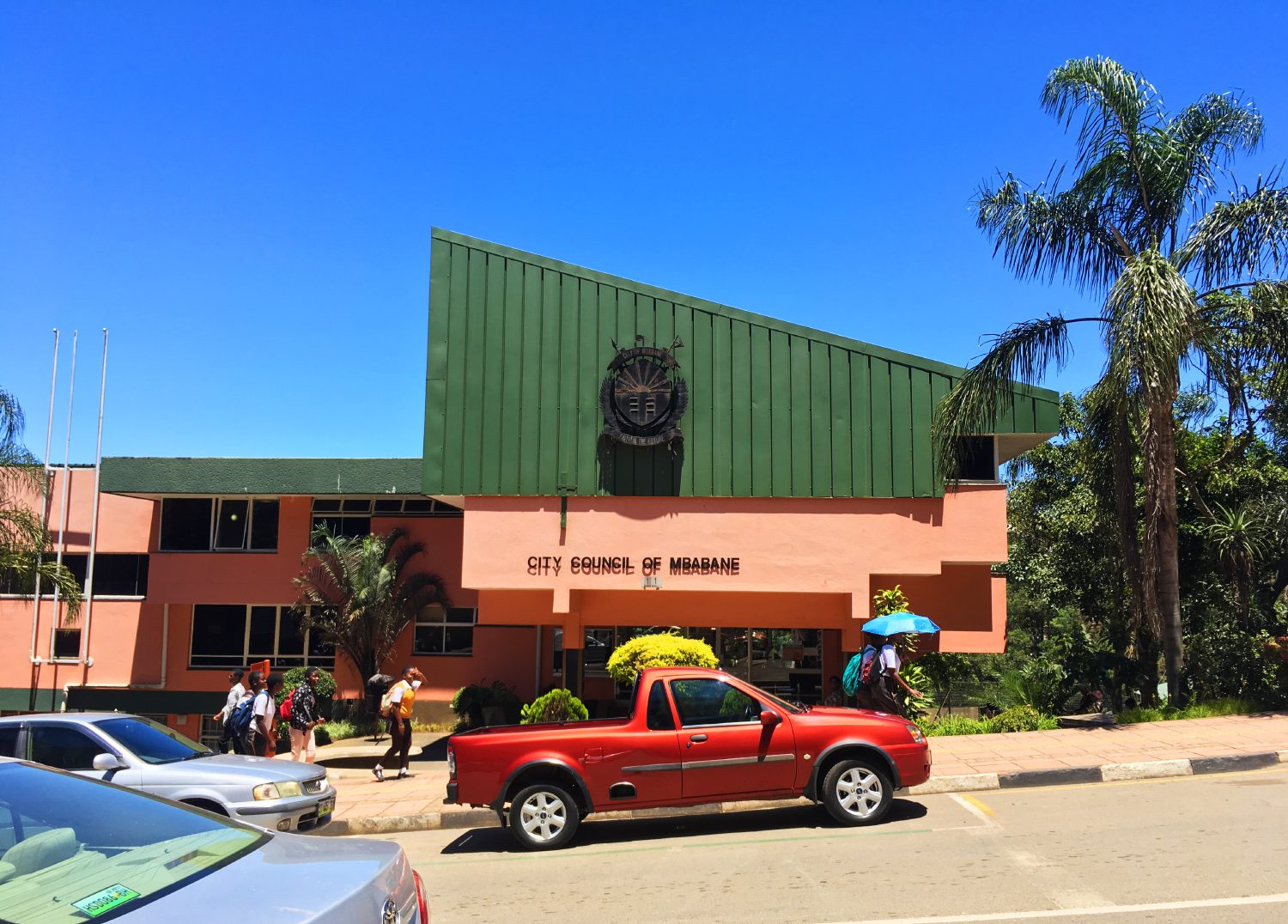In the Swazi observer dated July 15, 2018, a misleading article was published under reporter Sisho Magagula’s by-line, headlined ‘Mbabane municipality putting lives in danger- residents’. The journalist did not bother to obtain councils side of the story or even verify allegations raised by individuals concerned. As a result, the article lacked crucial facts that would have been availed to him to enrich the content for the benefit of the publication’s readership.
That said, the council has in the previous press statement stated that the informal settlements of Malagwane, Mangwaneni, Mvakwelitje, Sidvwashini, Makholokholo Zone 6c, Fonteny, Sitibeni and Manzana are all part of an upgrading project initiated by Council for which it has obtained Human settlements authority permission to upgrade to township. These were left out of the Urban Development Project in the late 90s.
The project also aims to provide secure land tenure to residents that live on government land within the urban, which means they presently do not have title deed to the land they reside on. Ultimately the beneficiaries will get title to serviced plots. As stated on the last press statement, it is a requirement of the Building act that anyone who wishes to build a house must submit an application and it is a requirement that to build a permanent structure you must have title to the land.
However, where there are existing structures in the informal settlements, the Council has allowed the homeowners to apply for temporal building permits through their Local Community Committees, to rehabilitate or reconstruct their houses using mud bricks.
No one is compelled to build a mud and stick house as alleged in the Swazi Observer article. This has been the position for years and most communities have been able to build safe houses whilst waiting to obtain to obtain title to the land they occupy. The pictures of some of these houses attest to this. As we stated in the last press statement, it is only parliament that can appropriate money to speed up the plot allocation.
Below, Council offers clarity as per the cases mentioned in the misleading article.
1. Issue of Phindile Khumalo from Mangwaneni: this resident in a homestead owned by Jerrod Khumalo. Mr. Khumalo was issued a temporal building permit to erect 2 rooms in 2016, and they were erected. In 2017, he re-applied to rehabilitate an additional 4 rooms, these rooms included the one the that the article referred to.
Following a recommendation of the local Community Committee, Council approved the application. Instead of erecting these structures, Mr. Khumalo prioritised erecting a fence around the homestead. Council believes the resident had an opportunity to correct the problem before the house collapsed. Council did not receive any complaint until this article.
2. Issue of Simon Mavimbela from Mangwaneni: this issue dates back to 2010 in a part of Mangwaneni that is affected by landslides because of the nature of the landscape. It was reported to the Council that a landslide caused the collapse of a house, resulting in a child’s death. An application for a temporal building permit had not been requested prior to the collapse of the house.
3. Issue of Ginindza from Dark City in Sdvwashini: He lived alone and apparently indigent. However, the resident had not applied for a building permit prior to the collapse of the house
4. Mncina homestead in Makholokholo: Council has not received any building application from the owner.
Clearly from the above, of all the cases reported in the Swazi observer article 3 out of 4 had not applied for a building permit. In the only case where an application was obtained, the homestead owner prioritised building a fence. In none of these cases has a complaint been lodged with council.
During the community engagement meetings that Council staff holds annually in all the informal settlements, Council does provide advise on how homesteads owners can improve the structural quality of their houses. This includes better quality foundations, using damp proof course, cement plastering and tying the roof down.
COUNCIL MANAGEMENT


